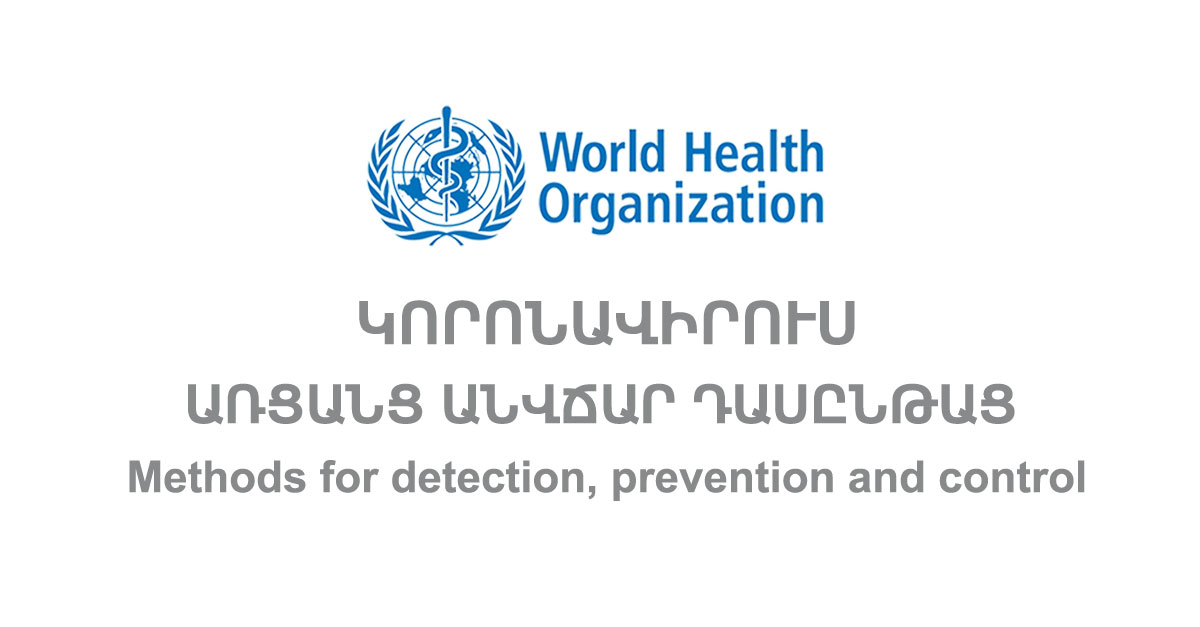World Health Organization
Coronaviruses are a large family of viruses that are known to cause illness ranging from the common cold to more severe diseases such as Middle East Respiratory Syndrome (MERS) and Severe Acute Respiratory Syndrome (SARS).A novel coronavirus (COVID-19) was identified in 2019 in Wuhan, China. This is a new coronavirus that has not been previously identified in humans.
This course provides a general introduction to COVID-19 and emerging respiratory viruses and is intended for public health professionals, incident managers and personnel working for the United Nations, international organizations and NGOs.
Course contents
Emerging respiratory viruses, including COVID-19: Introduction:
This brief introduction provides an overview of emerging respiratory viruses, including COVID-19.
Module A: Introduction to Emerging respiratory viruses, including COVID-19:
Overall learning objective: To be able to explain why a emerging respiratory viruses, including COVID-19, are a global threat to human health
Module B: Detecting Emerging respiratory viruses, including COVID-19: Surveillance and Laboratory investigation:
Overall learning objective: To describe how to detect and assess an emerging respiratory virus outbreak
Module C: Risk Communication and Community Engagement:
Overall learning objective: To describe what strategies should be used to communicate risk and engage communities to detect, prevent and respond to COVID-19
Module D: Preventing and Responding to an emerging respiratory virus, including COVID-19:
Overall learning objective: To describe strategies for preventing and controlling emerging respiratory pathogens, including coronavirus outbreaks.
Course duration: Approximately 3 hours.




